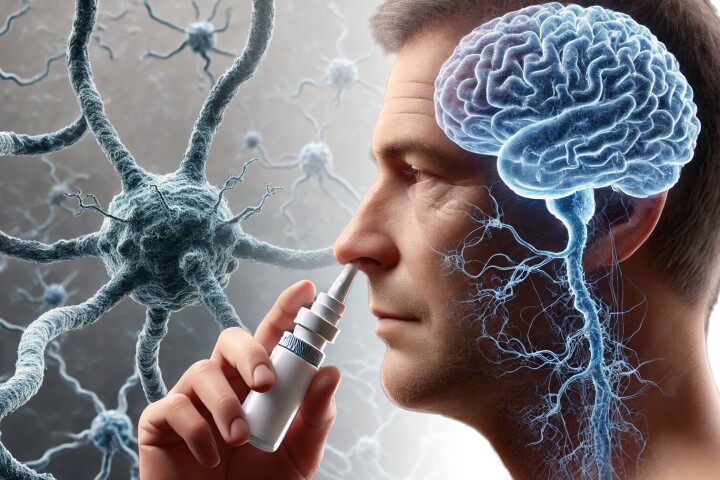When it comes to surgically replacing sections of missing or damaged bone, there are two main approaches: harvesting pieces of bone from elsewhere in the body, or using shaped metallic implants. That said, harvesting bone is invasive and painful, while metallic implants won't grow along with the patient. The latter means that children will require additional surgeries to swap in larger implants as they grow. Now, however, scientists from Illinois' Northwestern University are developing an alternative – stretchy 3D-printed implants that bone cells actually propagate.
Led by Dr. Ramille N. Shah, the Northwestern team created an "ink" that's composed mainly of hydroxyapatite, which is a calcium mineral found naturally in human bone. The ink also contains a biocompatible, biodegradable polymer that's already utilized in medical applications such as sutures.
When used as the medium in a 3D printer, the ink can be used to build up three-dimensional bone-replacement implants, custom-shaped to the needs of individual patients. Although the printed biomaterial is only 10 percent polymer by weight, the manner in which it's printed allows it to retain a hyperelastic consistency. This means that the implants will be able to stretch with the surrounding bone as it grows.
Additionally, however, hydroxyapatite has already been proven to induce bone regeneration. This quality, combined with the porous nature of the biomaterial, should result in the implants gradually being replaced by natural bone over time. What's more, substances such as antibiotics and growth factors can be added to the ink without affecting its functionality.
Ultimately, Shah would like to see a day when physicians could scan a child's bone deficit, use that scan to 3D-print a custom implant, and then permanently set that implant in place.
A paper on the research was published this week in the journal Science Translational Medicine.
Source: Northwestern University




